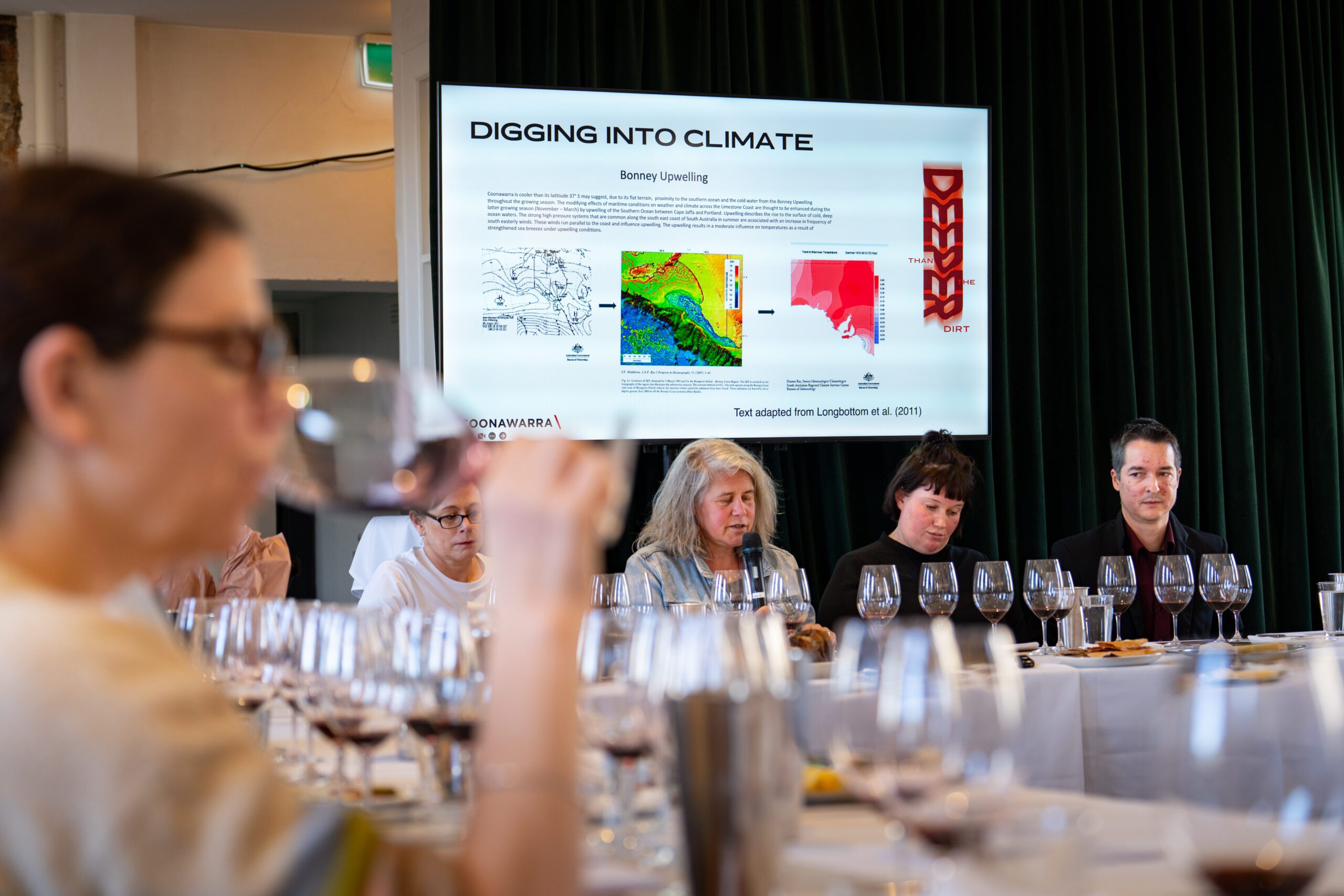
Coonawarra is celebrating 130 years since its first vintage in 1895 – a major milestone for this small but mighty South Australian wine region.
“With a population of just 135 people, its strength lies in community spirit, collaboration, innovation and a shared vision to keep Coonawarra wines relevant for future generations,” says Dan Redman, fourth-generation winemaker and president of Coonawarra Vignerons.
“It’s time to relook at the wines from the region, recognising the 130-year-old past but embracing the subtle changes that are being made across the region to make Coonawarra more relevant than ever.”
Cabernet Sauvignon remains king in Coonawarra, representing 59 percent of grapes crushed in the 2025 vintage.
Known for its bright fruit, juicy characters and demonstrated aging potential, Coonawarra’s medium-bodied style continues to attract strong demand at home and abroad.
Coonawarra represents only 2.3 percent of total tonnes grown in Australia.
Bellweather winemaker Sue Bell says, “Some of our Cabernet Sauvignon is the best it’s ever been, drawing upon extensive knowledge of the vineyard sites and maintaining a medium-bodied approachable style.”

The story of Coonawarra goes deeper than the world-famous red dirt.
The region is evolving, leaning into research, innovation and changes in viticultural practices to ensure a sustainable future.
Wynns viticulturist Ben Harris highlights the region’s unique agricultural attributes as the reason that world-class wines are continuously produced.
“The region wasn’t selected for convenience or proximity to a port or capital city, it was for its perfect climate and soil,” he says.
“Much has been done over the past decades to understand the soils and geology, and how the distinct microclimates across the famous strip have allowed for different vinous expressions.”
Numerous clones and rootstocks are being trialled, with other initiatives such as climate-resistant grapevines with drought tolerance and enhanced climate adaptability being tested in partnership with CSIRO, demonstrating the lengths being pursued for future sustainability.
Many vineyards are enhancing biodiversity by planting native vegetation, building insectariums and using mid-row cover crops to improve soil health.
Coonawarra has high participation in Sustainable Winegrowing Australia with 87 percent of total area under vine in Coonawarra being owned and/or managed by program members.
“For a regional community with only 135 people, there’s a depth of talent with a real spirit of collaboration, earning respect from the broader industry,” Dan Redman says.
Ben Harris from Wynns was awarded ASVO Viticulturist of the Year in 2021, followed by Dr Catherine Kidman, also from Wynns, in 2023.
Coonawarra is also rich in winemaking talent: Sue Hodder, Wynns – Fellow of the ASVO (2021); Kate Goodman, Penley Estate – Australian Winemaker of the Year (2024 Halliday Wine Companion Awards); Lauren Hansen, Penley Estate and Bloomfield Wines – Dux of the Len Evans Tutorial (2024) and Best New Act (2025 Young Gun of Wine Awards).
Newcomer Maddie LeMire, winemaker at Balnaves, notes, “The spirit of collaboration and sharing of knowledge is what makes the region so special.
“It’s so inclusive.”
Dan Redman says that with 130 years of knowledge and a commitment to sustainability, Coonawarra is well-positioned to thrive into the next century.
“A cool climate, influenced by the Southern Ocean 80km away, with access to water, it’s a region where Cabernet can continue to thrive, but other wines can also be experimented with,” he says.
“Wynns has released its first Cabernet Franc after 30 years of perfecting the style, Raidis Estate is acclaimed for Riesling and Chardonnay, and Balnaves has recently planted Fiano.
“Other producers continue to trial new styles, utilising fruit from established vineyards, allowing the wines, particularly the Cabernet Sauvignon and Shiraz, to shine.
This history and vision for the future were showcased to a select group of trade and media at The Coonawarra Tutorial in Melbourne on 14 August, with a repeat event scheduled for Sydney on 1 September.
Panel members Dan Redman (Redman Wines), Sue Bell (Bellwether), Matilda Innes (Ottelia) and Chris Plummer (Wynns), presented a range of wines dating back to the 1960s with discussion facilitated by Sommelier Australia’s Sarah Andrew.
The region boasts a diverse representation of family-owned brands alongside larger corporations.
“The event was a reminder of how bright and vibrant young Coonawarra Cabernet Sauvignon is [more Jimmy Watson wins than any other region in Australia], with an incredible ability to age,” Dan Redman says.
“Many of the producers noted how Cabernet is going full circle, tasting better than ever.”
John Riddoch first planted vines in 1891, but the first vintage was in 1895.
The Coonawarra Vineyards Claret was made by Frederick Wood in the Nursery Shed on Richardson Road.
The second vintage in 1896 was made by William Salter in the Katnook Woolshed.
Riddoch commissioned a large, tri-gabled winery and cellar, which was built of local stones and made ready for the third vintage in 1897 when the region was officially named Coonawarra, derived from an Aboriginal word meaning ‘honeysuckle’.
Related content




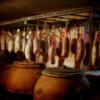

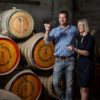

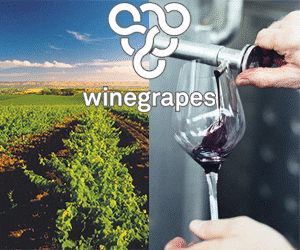

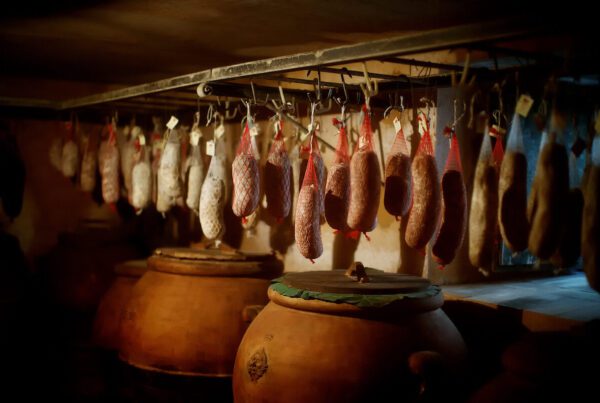
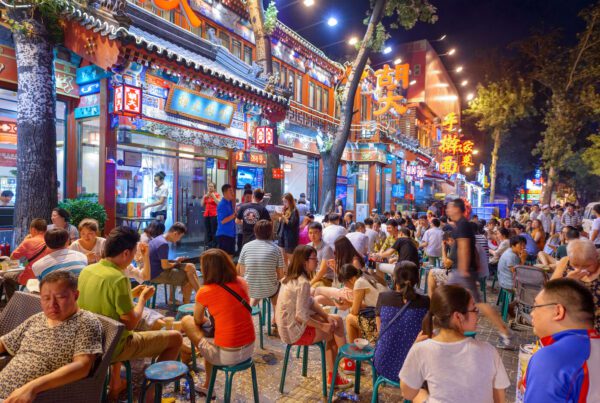

Recent Comments